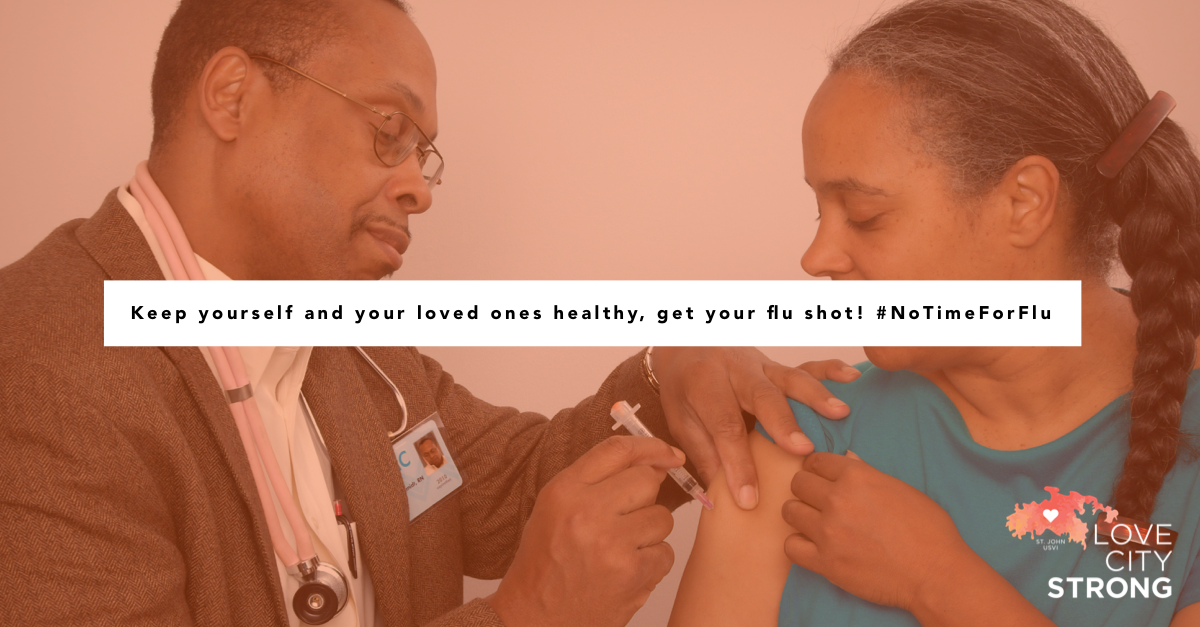
Almost a year into the COVID-19 pandemic, it’s understandable that many are starting to develop a sense of emotional burnout that some are calling “covid fatigue.”
The sense of a never ending struggle against an invisible threat may cause people to let their guard down. After all, it can feel wrong to continue to rearrange your life and practice all of these new habits if your risk seems nonexistent. However, this behavior is precisely what leads to surges in COVID-19 cases.
As cases begin to increase globally, particularly in the United States, anecdotal evidence suggests that “covid fatigue” is playing a major part. People are tired of not seeing their loved ones, and staying socially distant, and making dramatic shifts in how they interact with the world.
What’s troubling is that this societal shift is about to converge with the holiday season; a time when people around the world come together with loved ones and celebrate long standing traditions with their communities. These celebrations usually occur indoors, in large groups, and almost always involve older members of one’s extended family or community.
Given that most of us have not seen our loved ones this year due to the pandemic, it can be tempting to completely relax our habits for the holidays and to act as though we live in a world free of risk. The sense of comfort and nostalgia that the holidays give us seem like the perfect solution to our pandemic woes. Unfortunately, the traditions that many of us crave are exactly the kinds of scenarios that put us and others at risk.
It is more important than ever that we begin to workshop creative solutions and start new traditions in order to celebrate the holidays during the pandemic. Whether gathering in smaller groups with immediate members of your household only, taking more time off of work or school to allow for adequate quarantine on either side of holiday travel, or making celebrations entirely virtual, any amount of mitigation will be better than none.
Here are a few key questions to consider when making holiday plans this year:
- What risk are you placing on others (particularly seniors or those who are immunocompromised) with the celebrations that you are planning?
- How can you modify your normal plans to allow for social distancing, or even to have events outdoors rather than indoors?
- For those traveling, what is the status of the virus in your community, and the community that you’re traveling to? Is it fair to put a strain on another community’s healthcare system, or put loved ones in another community at risk, for the sake of not celebrating the holidays in your own community?
- Do you have the resources and time to get tested and self-isolate before celebrating the holidays with people you do not live with?
- Should you set boundaries and expectations with others (and avoid those awkward conversations about why you won’t be hugging anyone this year) ahead of time?

Healthcare professionals around the globe are gearing up to fight two deadly threats simultaneously: COVID-19 and the flu. Seasonal flu viruses are dynamic, and their health risks and severity vary year to year.
However, the flu virus is one of the leading causes of death in the United States. With high risk populations already ravaged by COVID-19 this year, it is more important than ever that as many people get vaccinated for the flu as possible.
Even for those who are young, healthy, and have no preexisting conditions, getting a flu vaccine is important. By getting vaccinated, we prevent ourselves from becoming vectors of disease and causing undue harm to others. The CDC estimates that flu vaccinations in the U.S. reduce the risk of illness for 40-60% of the overall population; the more people who vaccinate in a community, the more that a community is protected.
While it is true that there is overlap between mitigation measures which help prevent the transmission of COVID-19 and influenza (washing hands frequently, sanitizing surfaces, wearing a mask, and staying away from others if you feel sick), practicing these habits may not be enough to help healthcare providers combat two viruses simultaneously during the 2020/2021 flu season.
Although last year’s final flu season numbers are not yet available, preliminary CDC data shows that between 39 and 56 million Americans contracted the flu last year, with over 400 thousand hospitalizations nation-wide. With COVID-19 pushing PPE supplies and hospital capacity to the breaking point, a serious flu season could cause local healthcare systems to utterly collapse. Limiting the burden on our healthcare systems and healthcare workers in any way that we can is critical.
During this time of uncertainty, it is incumbent on each of us to do our part to protect our communities. Think of getting your flu shot not as a chore, but as an act of civic responsibility. Flu vaccinations are a simple action that has the potential to save lives, support our healthcare workers, and make a real difference.
Visit www.GetMyFluShot.org to learn more.
For a partial list of vaccination providers in your area, click here.
